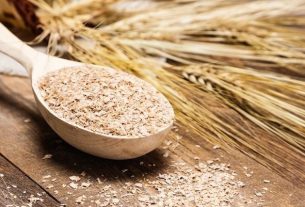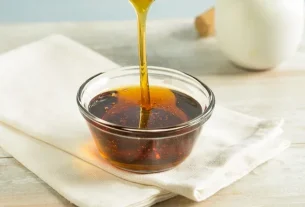A food diary is a very effective strategy for identifying eating habits and, therefore, checking what can be improved or what should be maintained in order to have a healthy life.
It is recommended that the food diary be kept for 5 to 7 days, and should contain the time of the meal, what was consumed, the place where the meal was eaten and the reason for the meal, that is, if you ate because you were hungry or just as a way to relieve stress or anxiety, for example.
In addition to being interesting to have more control over your daily diet, the food diary can also be recommended by the nutritionist before indicating a meal plan to gain weight, lose weight or for dietary re-education, as this way the nutritionist can outline strategies to achieve the objective but without nutritional deficiencies.

How to make a food diary
The food diary must be kept for 5 to 7 days, and it is important to keep a daily record of everything consumed, including the day and time of the meal. Therefore, at the end of the recording period, you will have an idea of what was consumed during the week and points to improve or maintain can be identified.
Recording can be done on paper, in a spreadsheet or on a cell phone application, for example, with the only obligation being to record meals. Ideally, it should be done after each meal, and not at the end of the day, as this way it is possible to record in more detail and without forgetting.
Step by step food diary
To keep a food diary it is important:
- Note the date, time and type of mealthat is, whether it is breakfast, lunch, snack or dinner, for example;
- Describe the food consumed and quantity;
- Local where the meal was eaten;
- If you were doing something at meal time;
- Reason for the mealthat is, if you ate due to hunger, impulse or as a form of emotional compensation, and the level of hunger at the time;
- With whom the meal was eaten;
- Indicate the amount of water ingested on the day;
In addition to making it easier to identify eating habits, the food diary can also be interesting to identify the lifestyle that may be influencing this eating pattern. Therefore, it may be interesting to record whether you practiced physical activity that day and the intensity, how many hours you slept per day and whether your sleep was restful, for example.
Furthermore, to make the analysis easier, you can also highlight the consumption of fried foods, sugar, fruits, vegetables and vegetables with different colors. This way, at the end of the registration period it is possible to check which color has the highest and lowest frequency and, thus, it is possible to more easily identify habits that need to be improved or that should be maintained.
What is it for
The food diary is widely used in nutritional re-education, as once you write down what is consumed during the day, after a week it is possible to identify eating habits and identify what can be improved. Therefore, the food diary is an important tool for the nutritionist to suggest changes in the daily diet that are appropriate for the person’s goals.
In addition to being used as a way of improving eating habits, the diary can also be used with the aim of gaining or losing weight, because after recording, the nutritionist can analyze the food diary and devise strategies to achieve the objective. without nutritional deficiencies.
A food diary can also be kept as a way of identifying the cause of feeling unwell after a meal, for example. This is because by also writing down in the diary the moment in which they felt unwell, at the end of the recording period the person can identify a pattern and check after which meal they had the feeling and which food could be related, avoiding its consumption.
Also check out the video below for some other tips for having a good relationship with food and healthy habits:

Sign up for our newsletter and stay up to date with exclusive news
that can transform your routine!
Warning: Undefined array key "title" in /home/storelat/public_html/wp-content/plugins/link-whisper-premium/templates/frontend/related-posts.php on line 12
Warning: Undefined array key "title_tag" in /home/storelat/public_html/wp-content/plugins/link-whisper-premium/templates/frontend/related-posts.php on line 13




